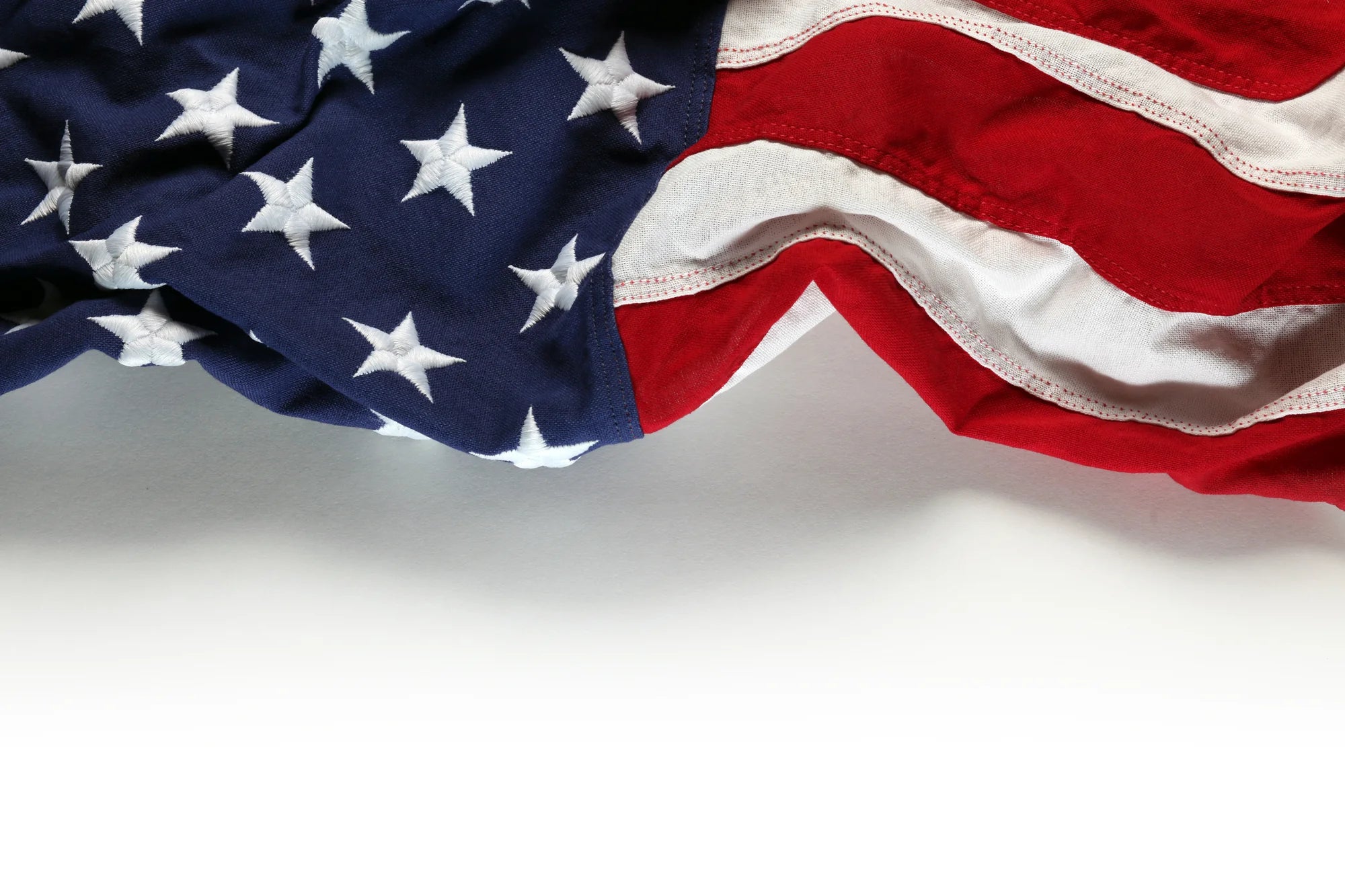Five Interesting Facts You Might Not Know About Memorial Day

Most of us consider Memorial Day as a day to remember the sacrifices of those who gave their lives in the service of the United States. Not to mention a fun three-day weekend of memorial day traditions, the unofficial start of summer, and typically a good time to snag a sale on a new mattress! Plus, you can add to your celebration by sending a patriotic card from Leanin' Tree to show appreciation for the service members in your life.
But did you know that the history of Memorial Day developed over the span of more than 100 years and includes international traditions as well? Here are five facts about Memorial Day that may surprise you.
1. The first to celebrate were African Americans
One of the earliest commemorations was organized by African Americans in Charleston, South Carolina, where the Civil War began. On May 1, 1865, soon after General Lee surrendered his troops, thousands of formerly enslaved African Americans joined the U.S. Army and United States Colored Troops to march through the city, ending with a proper reinterment of Union soldiers who had been buried without a ceremony at a horse track.
2. It was originally known as Decoration Day

While the parade in South Carolina was the first of its kind, women across the South had been decorating the graves of fallen soldiers for years. In fact, towns across the U.S. held observances for their dead after the American Civil War. President Lyndon Johnson declared Waterloo, New York, as the official “Birthplace of Memorial Day” because of its city-wide observance on May 5, 1866. Flags flew at half-staff as citizens, and former soldiers held a parade through town, culminating in ceremonies to decorate the graves of soldiers. Two years later, retired General John A. Logan declared May 30 as Decoration Day, “designated to strew with flowers or otherwise decorating the graves of comrades who died in defense of their country during the late rebellion, and whose bodies now lie in almost every city, village, and hamlet church-yard in the land.”
3. Memorial Day’s unofficial symbol, the Red Poppy, comes from World War I

World War I saw the change from the name Decoration Day to Memorial Day and the introduction of the red poppy as a symbol of remembrance. The poppy image comes from a piece written by Canadian soldier and physician John McCrae, who penned the poem “In Flanders Fields” while fighting in the European Western Front during World War I, where a million soldiers from 50 different countries were wounded, missing, or killed in action.
In Flanders fields, the poppies blow.
Between the crosses, row on row,
That marks our place; and in the sky
The larks, still bravely singing, fly.
Scarce heard amid the guns below.
We are the dead. Short days ago
We lived, felt dawn, saw sunset glow,
Loved, and were loved, and now we lie
In Flanders fields.
Take up our quarrel with the foe:
To you from failing hands we throw
The torch; be yours to hold it high.
If ye break faith with us who die
We shall not sleep, though poppies grow
In Flanders fields.
The red poppy remains an enduring symbol of remembrance worldwide, particularly across Allied countries that observe the day in November.
4. The first three-day Memorial Day holiday weekend occurred in 1971

For decades, May 30 continued to be celebrated as Memorial Day, but that date didn’t always land on a Monday. In 1968, Congress passed The Uniform Monday Holiday Act to establish the last Monday of May as Memorial Day, solidifying the holiday’s date as a national holiday and creating a three-day weekend for federal employees. The new law went into effect in 1971. Several southern states, however, officially commemorate an additional, separate day for honoring the Confederate war dead, sometimes referred to as a Confederate Memorial Day: January 19th in Texas; the third Monday in January in Arkansas; the fourth Monday in April in Alabama and Mississippi; April 26th in Florida and Georgia; May 10th in North and South Carolina; the last Monday in May in Virginia; and June 3rd in Louisiana and Tennessee.
5. Memorial Day is a somber occasion

Although it may be tempting to say “Happy Memorial Day,” the holiday isn’t meant to be jubilant. Official etiquette calls for flags to be flown at half-staff until noon, then full-staff until sundown. “Taps,” the sober tune accompanying many Memorial Day events, comes from a funeral song written during the Civil War. In December of 2000, President Bill Clinton signed into law “The National Moment of Remembrance Act,” encouraging all Americans to pause wherever they are at 3 p.m. local time on Memorial Day for one minute of silence to honor those who have died in service to the nation.
Memorial Day is now a cherished American tradition and federal holiday, reminding us of the actual cost of war, one human life at a time. So this Memorial Day weekend while you are at your friends’ barbecue flying the American Flag and celebrating the beginning of summer, remember to honor these traditions by encouraging each other and, in the words of President Lincoln, by doing all we can to ensure “that these dead shall not have died in vain.”




